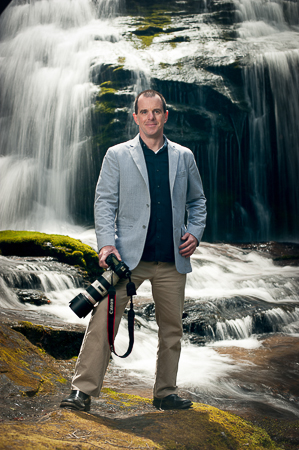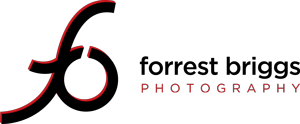Business Headshot Lighting
Be wary of business headshot photographers (or any portrait photographers) who promote themselves as “natural light photographers”. This sometimes translate into “I don’t know how to correctly use flash”. There is nothing wrong with natural light portraits if coupled with studio lights and / or some type of modifier. However using the sun as the sole light source creates headshots that are usually either too flat or too contrasty. Both of the aforementioned can oftentimes result in “raccoon-eyes” (dark, unwanted shadows in the eyesockets due to overhead lighting).
A professional headshot photographer who understands proper lighting techniques can make his client’s business portrait literally pop off the page. Without elaborating upon lighting ratios and of light, there is good reason we call this profession ‘photography’. ‘Photography’ literally means drawing with light (photos = light; graph = to draw).
Best time of day for business headshots
Many people have heard of what photographers refer to as “The Golden Hour”. This is the first hour of light after sunrise and the last hour before sunset. Its an approximation…obviously depending upon time of year, distance from the equator, and other factors. During these times the sun is lower on the horizon and its light filters through more of the earth’s atmosphere. The light is less contrasty during the golden hour, has nicer shadows, and any photos taken will have a pleasant soft, warm glow to them. Many portrait photographers prefer to shoot business headshots during the golden lighting for all of these reasons.
Personally, I like to be self sufficient when shooting outdoors / on location (that is, take most if not all of my gear with me… one never knows when / if there will be an equipment failure). Self sufficiency ensures great images like this:

Portable lighting is important
A waterfall in North Carolina is the background for the above photo. I was about a mile (as the crow flies) from the nearest paved road. I hiked 30lbs of gear to the site. To compete with the sun (i.e., to brighten my face due to the backlighting… note shadow on the ground), a 640 watt/second studio strobe powered by a Vagabond mini (portable power pack) bounced off a 36″ umbrella. The lighting apparatuses, placed camera left (on the left side of the photo, just out of the picture) enhance the light to a nicer and more even ratio from front to back.
All that is to say, without the portable lighting equipment, the shadows obscure my face. Given the waterfall’s slipperiness and the pitch of the area, the light stand requires a 20′ power cord attached to a nearby tree. If not secured, the rushing air created by the waterfall would blow the umbrella and strobe down river… not the best use of one’s time or money.
Understanding the business headshot client
Headshot photographers worth their weight in salt should ask you questions throughout the vetting process. They want to discern what your interests are, what personality you want to radiate to your target market and what might or might not make a good location for your professional headshot in order to determine the type of lighting that best conveys your unique style and expertise. Given identical composition, poses, framing, etc, by varying simply the types of portrait lighting setups (broad, split, Rembrandt, etc), the photographer will communicate vastly different messages to your audience.
Click here to view Greenville professional headshot photographer Forrest Briggs’ images.
Click here to get an instant consult!
